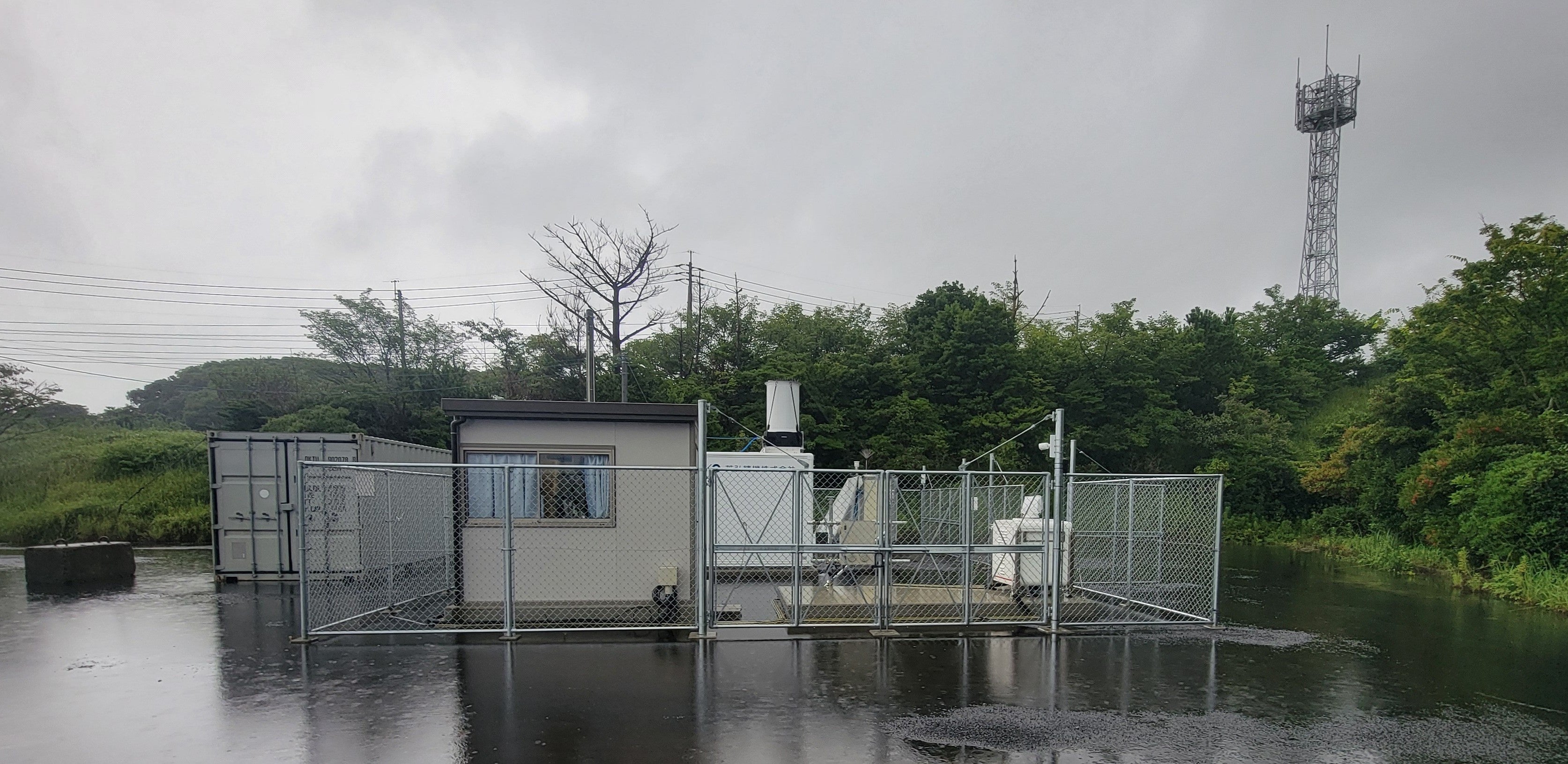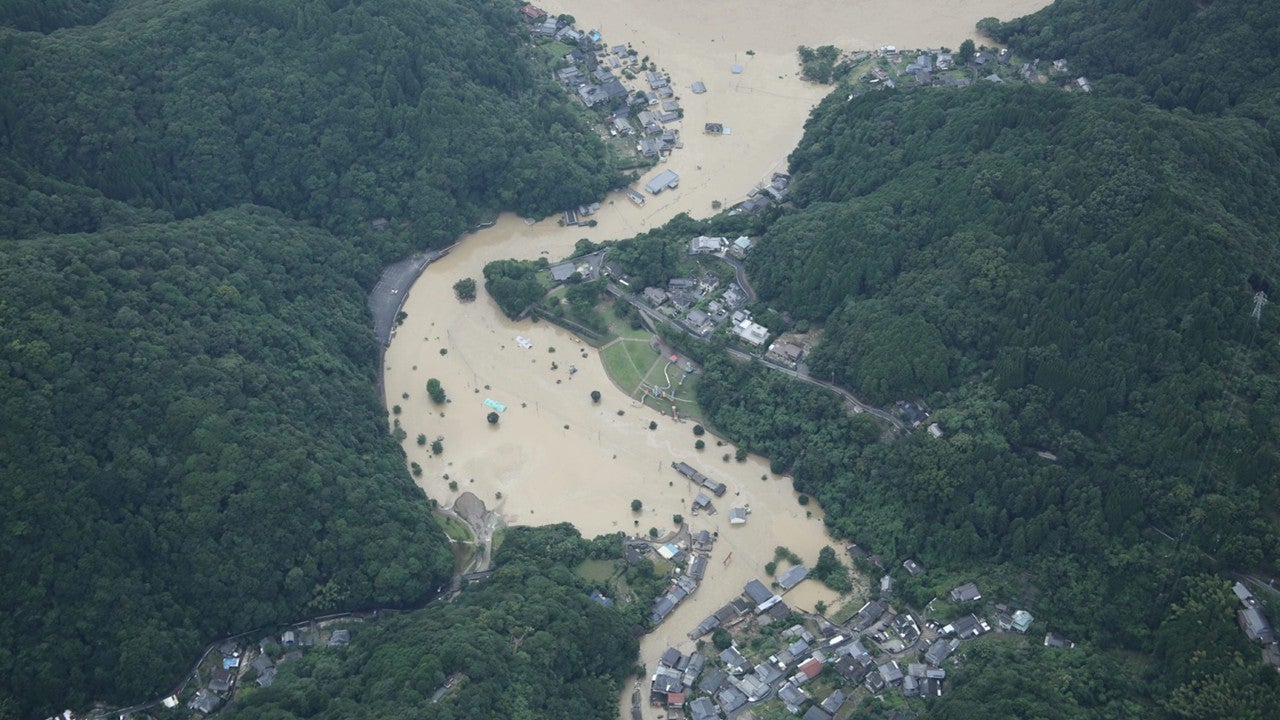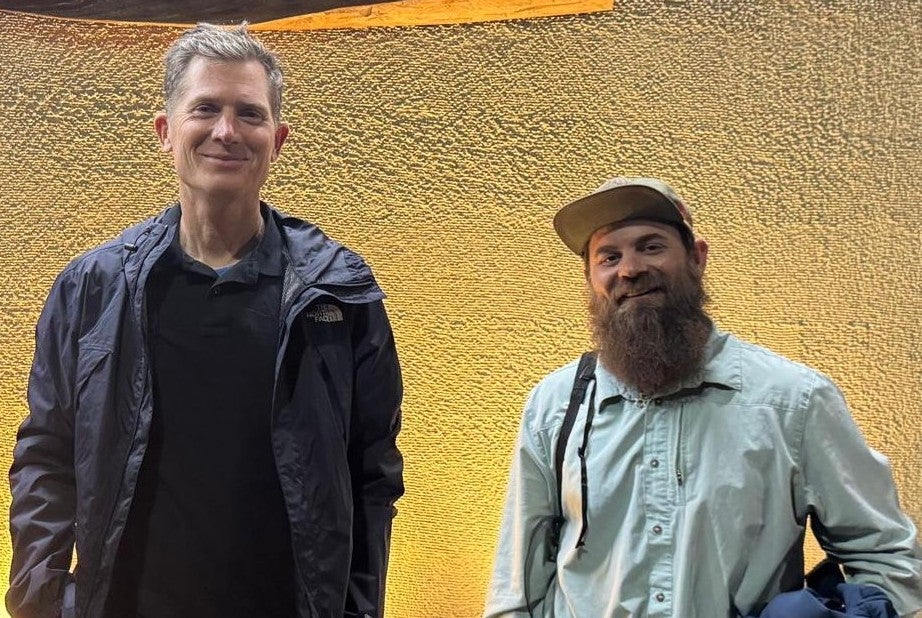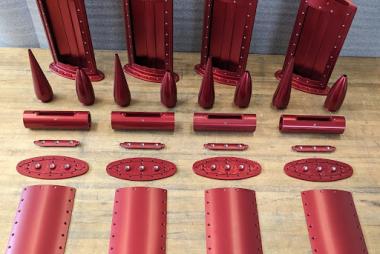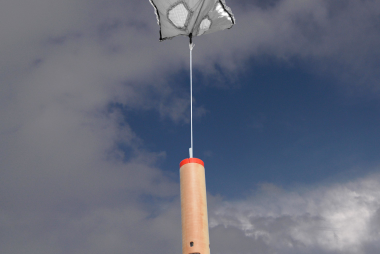Building Bridges: NSF NCAR and EKO Instruments Partner on Lidar Technology
Lidar measurement site on Fukue Island, Japan (Photo: Ben Crane)
Unless you’re a Japan aficionado or a migratory bird specialist, you’ve probably never heard of Fukue Island, the largest and southernmost of Japan’s Gotō Islands. Home to roughly 38,000 residents, the island lies about 50 miles off Kyushu’s southwest coast and just 146 miles west of Jeju Island, South Korea. Known for pristine beaches, coral reefs, and its UNESCO-listed Hidden Christian Sites, Fukue is both culturally significant and geographically strategic.
Its location upwind of Kyushu’s flood-prone river basins, including the Chikugo, the Kumagawa, and the Sendai, makes Fukue an atmospheric sentinel. By monitoring conditions offshore, researchers can gain valuable lead time on approaching storms, critical for improving forecasts and protecting downstream communities.
Installation of the MPD Lidar (Photo: Ben Crane)
A Decade of Innovation
For the past three months, Fukue hosted one of NSF NCAR's MicroPulse Differential Absorption Lidars (MPD), marking an important milestone in a technology developed at the NSF NCAR Earth Observing Laboratory since 2012. In its current state, the MPD is a compact, eye-safe, and field-deployable instrument that continuously and autonomously monitors water vapor, temperature, and aerosol properties in the lower troposphere. Originally designed just to profile water vapor structure, the system has evolved through multiple development cycles and field projects, with each iteration adding new capabilities and improving reliability.
The Fukue Island deployment stems from an ongoing technology transfer partnership between NSF NCAR EOL and EKO Instruments Co., Ltd, a Japanese scientific instrumentation manufacturer. The collaboration not only supports Japan’s efforts to bring advanced lidar into operational use for disaster prediction, but also enables EKO to commercialize the technology so it can be produced and sustained at scale.
Bridging Research and Societal Need
This NSF NCAR EOL/EKO partnership operates within BRIDGE (Programs for Bridging the gap between R&D and the Ideal society and Generating Economic and social value), a disaster prevention program funded by the Japanese government, and managed by the Japanese Ministry of Land, Infrastructure, Transport and Tourism (MLIT). BRIDGE focuses on connecting research directly to societal needs through innovative three-way partnerships between government agencies, academia, and private companies. The goal is to determine which observational networks and infrastructure investments most effectively improve real-time forecast skill for severe weather events including tornados and localized heavy rainfall.
Kyushu Flood 2020, Japan (Photo: Give2Asia)
BRIDGE pursues three main objectives, with one being the development and testing of new observational instruments and systems. As part of this, EKO Instruments secured funding aimed at improving predictions of line-shaped rainbands, a leading cause of severe rainfall and flooding in the Chikugo, the Kumagawa, and the Sendai river basins. A short video produced by EKO describes these efforts in more detail.
From Boulder to Japan: A Technology Partnership
MPD electronics and optics (Photo: Ben Crane)
This international collaboration began in earnest in October 2024 when EKO engineers visited Boulder, Colorado, to learn how to build an MPD firsthand. Working alongside NSF NCAR EOL's technical team, they gained practical experience in understanding important aspects of the instrument's design, construction, and operation. As part of a larger license agreement (see previous UCAR announcement), EKO has since built a MPD prototype clone.
NSF NCAR EOL's deployment of the MPD unit to Fukue Island, which ran from May through August 2025, directly supports EKO's grant objectives while demonstrating the practical value of this lidar in severe weather prediction. The unit deployed on Fukue was equipped with a water vapor DIAL to measure absolute humidity, an oxygen DIAL to measure temperature, and a K:HSRL to measure calibrated aerosols, capabilities that make it uniquely valuable for understanding the atmospheric conditions that lead to severe weather.
MPD Lead Engineer Scott Spuler and Lead Technician Ben Crane
The NSF NCAR EOL MicroPulse DIAL team played a critical role in setting up the instrument in Japan, monitoring the deployment throughout the campaign, and ensuring continuous data collection and quality. For the final two weeks of the deployment, EKO's prototype was placed side-by-side with the NCAR MPD and an EKO-owned Raman Lidar aiming to validate that EKO’s hardware replication was successful and that their instrument matched the same capabilities.
Testing New Frontiers
This deployment marked a key technical milestone - the first operational test of a new multi-pulse-length mode. Borrowed from atmospheric radar, the approach balances power and precision: longer, higher power pulses boost the signal-to-noise ratio, while shorter pulses preserve high spatial resolution. On Fukue, it was the first time both the technique and joint retrieval processing were put into practice.
A Model for International Collaboration
This US-Japan partnership highlights how cooperation between research and industry can move innovation from development into real-world use. By pairing NSF NCAR's cutting-edge lidar technology with EKO’s commercial expertise and Japan's disaster prevention framework, the project offers a model for tackling global challenges at the intersection of science and society. From hands-on training in Boulder to side-by-side testing on Fukue, the effort illustrates how bridging research and application can yield breakthrough technologies, ultimately strengthening resilience against severe weather.
